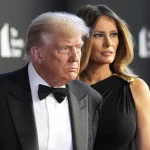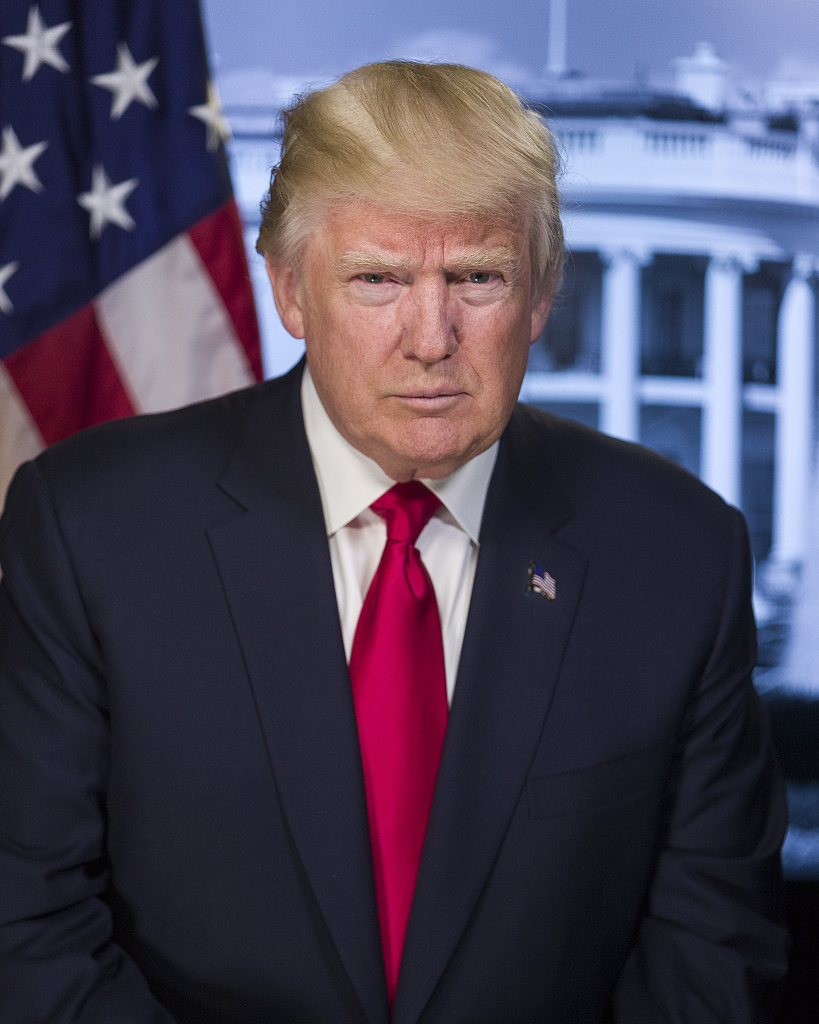In yet another authoritarian intervention in the field of culture, Donald Trump has fired Kim Saget, director of the Smithsonian Institution’s National Portrait Gallery, as part of his systematic effort to align cultural institutions with his far-right political agenda. In a post on the Truth Social platform, Trump called Saget “an extremely partisan figure” and “an ardent supporter of DEI (diversity, equality, and inclusion)” — concepts he apparently sees as a threat to his regressive vision. The decision demonstrates his hostility to any effort to promote social justice and inclusion, turning cultural policy into a tool of ideological cleansing.
The move follows Trump’s broader interventions at top cultural institutions. Last February, he removed members of the Kennedy Center’s board of directors to take control himself, and in March he signed an executive order cutting off federal funding for Smithsonian programs that he said “promote racial discrimination and divide Americans.”
Kim Saget, an internationally renowned art historian, was appointed the Gallery’s first female director in 2013. Born in Nigeria, raised in Australia, and a Dutch citizen, she was previously president of the Historical Society of Pennsylvania. Her contributions to broadening the institution’s scope have been instrumental, giving space to artists and stories that had been marginalized for decades.
Her firing is not just an administrative change; it is a clear political statement. Trump is attempting to bring cultural production under partisan control, removing individuals and programs that do not align with his conservative vision of “national identity.” As everything indicates, the “cultural front” will be one of the key areas of confrontation in his second presidential term.
The National Portrait Gallery, founded in 1962 and home to portraits of every U.S. president — including Donald Trump himself — remains one of the Smithsonian Institution’s most popular spaces, with about a million visitors a year. The portrait of Trump, taken by Matt McClain in 2017, is accompanied by a caption that lists the milestones of his presidency: his divisive policies, his two impeachment trials, his 2020 election defeat and his controversial return to the presidency in 2024 — the only president since Grover Cleveland to seek a second non-consecutive term.
Yet Trump’s presence at the Gallery, with the weight of an institution dedicated to historical memory and culture, seems ironically contradictory when he himself engages in an unprecedented project of ideological dethronement. Instead of honoring cultural heritage, Trump seeks to turn it into a propaganda field, removing figures like Kim Saget because they promote values like diversity and inclusion – values he sees as dangerous to his own authoritarian normality.
The question now is not just what direction US cultural policy will take under Trump, but how far he is willing to go to erase any voice that does not conform to his hard-line rhetoric. And which institutions will be on the purge list is now only a matter of time.











